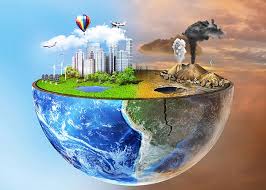
Humans are directly affected by pollution in a variety of ways.
Burning fossil fuels releases many chemicals into the air and that can impact
our health. Air pollution puts people living in contaminated areas at a higher
risk for respiratory diseases. If pesticides run off into local bodies of water
that can disrupt your drinking water. If animals eat/drink contaminated plants
or water and we then eat them we can ingest toxic chemicals. Some populations,
such as places in Alaska or Northern Asia, would be affected by the extinction
of Northern Fur Seals because they use them as a food source. Killer Whales,
some shark species and Steller Sea Lions hunt Northern Fur Seals. If they went extinct, these
predators would have to turn to another food source and we may see a decrease
in the population of the predators or the new species they are now feeding on. The Waterwheel has conservation actions in place in Europe, Asia, Australia, and Africa. This carnivorous plant plays a role in the aquatic food chain and the extinction of this species could disrupt the balance between other animal species that rely on the Waterwheel as a food source. Birds play a huge role in seed dispersal. Losing an animal like the Wandering Albatross could lead to a decrease of a plant's geographic range or a decrease of the population overall. Pollution can affect aquatic, terrestrial, and plant species in negative ways. Any species that is lost completely from an extinction driver will cause a rippling effect for the species that they coexist with.
 Bibliography:
Bibliography: IUCN Red List Information for Northern Fur Seals, Web Source:
IUCN
IUCN Red List Information for Waterwheel, Web Source:
IUCN
Wandering Albatross Information from IUCN Red List, Web Source:
IUCN
Image Information: Polluted Beach, Web Source:
Green Peace
Polluted Earth, Web Source:
India Celebrating
No comments:
Post a Comment